In ABBA’s winning song at the Eurovision Song Contest in 1974, the Swedish supergroup delivered a history lesson to their listeners. It was at Waterloo, the brightly-clad musicians informed the audience, that Napoleon surrendered. Indeed it was, after the great Battle of Waterloo which took place on 18 June 1815. ABBA may have introduced a new audience to the finale of the Napoleonic wars, but the conflict’s location outside Brussels has long drawn visitors. Two centuries later, the custodians of the Waterloo battlefield are preparing for a resurgence of interest in the site.
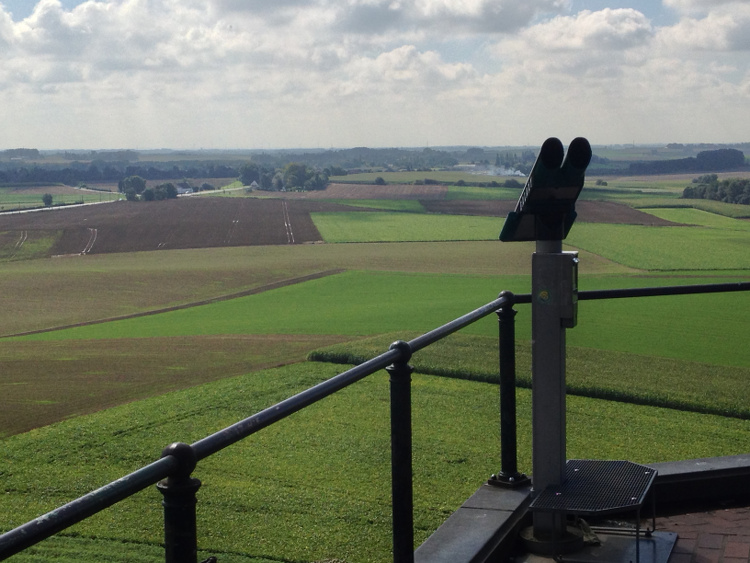
From 17-21 June 2015 a series of commemorative events will mark the bicentenary of the Battle of Waterloo. The biggest of these are the battle re-enactments on Friday 19 June and Saturday 20 June. On the Friday night the French army will attack, its re-enactors moving against the British and Dutch allies .
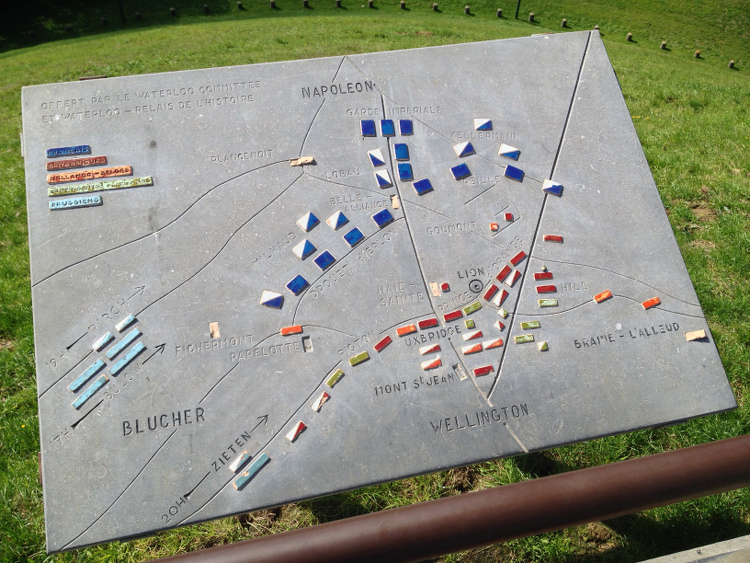
The major attraction at the battlefield is the Butte du Lion, or Lion Mound. It’s hard to miss this artificial hill rising 40m above the surrounding countryside, topped with a massive bronze statue of a lion. Constructed after the war by labourers hauling earth by hand, it commemorates Prince William of Orange, the Dutch crown prince who was wounded in the fight.
It has 226 steps leading up to the top, and it’s well worth making the climb to gain a panoramic view of the battle site. At the top there’s a panel depicting the locations of the opposing troops on the fields below.
At the foot of the mound is the official battlefield visitor centre, where you can view films which explain the conflict and its consequences. There’s also a well-stocked gift shop and restaurant, the latter serving a vast array of beers.
The other feature worth seeing is the Panorama de la Bataille, a 360-degree painting erected in 1912. In its own circular building and with 3D props placed between viewers and the battle scenes, it’s an impressive re-creation of the struggle.
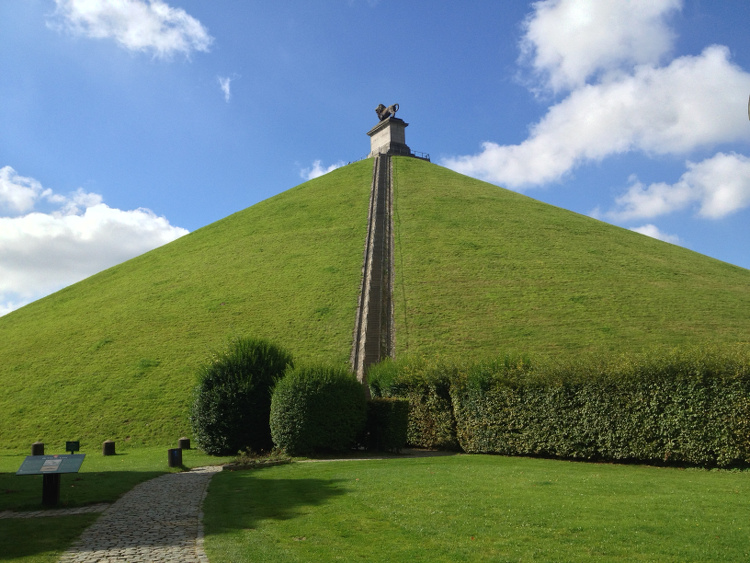
There are several other attractions located away from the visitor centre and the Lion Mound. The most worthwhile to visit is the Musée Wellington, in the town of Waterloo. Formerly the headquarters of the victorious British commander, the Duke of Wellington, each of its rooms is now dedicated to one of the armies in the battle. In pride of place is Wellington’s room, with a mannequin of the great general writing his victory dispatches. Napoleon is represented via a handsome bust in the French room.
If you have a car and are something of a battlefield completist, you can check out three other scattered sights. The Hougoumont farm is where the battle commenced, and new signage has recently been added to explain its crucial role.
To the east of the main battle site is a memorial to the Prussian army’s battle against the French, near the village of Plancenoit. Finally there’s a small museum within Napoleon’s own former HQ, south of the Lion Mound at the Dernier Quartier Général de Napoléon.
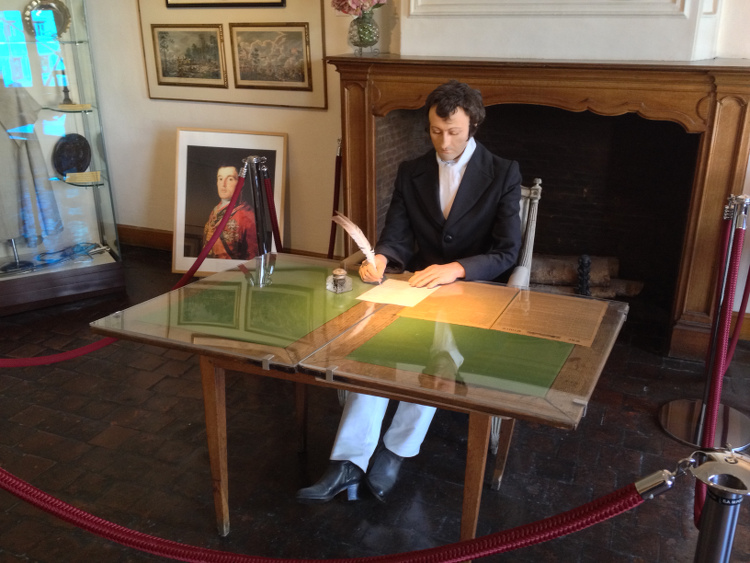
Anniversary aside, a Waterloo visit is an easy day trip from Brussels. The battlefield is located 20km from the Belgian capital on the other side of the beautiful Bois de la Cambre forest. As there are several attractions across a wide area, hiring a car would be the ideal way to make the trip. However, it’s possible to reach the site by public transport, with the option of taking a guided tour once there.
The easiest choice is the direct W bus route operated by TEC. This bus leaves from a stop at Brussels’ Gare du Midi railway station, connecting to both the Waterloo township and the battle site. Its starting point is on Avenue Fonsny, in front of the Ibis hotel. The closest bus stop for the battlefield visitor centre is called ‘Lion, Route de Nivelles’. From here it’s a ten minute walk.
Another option is to catch an hourly train to the town of Waterloo, though the station is a 15 minute walk from the town centre and you’d need to take a taxi or the W bus onward to the battlefield.
You can find more details of how to get to Waterloo via the public transport page of the Maison du Tourisme de Waterloo .
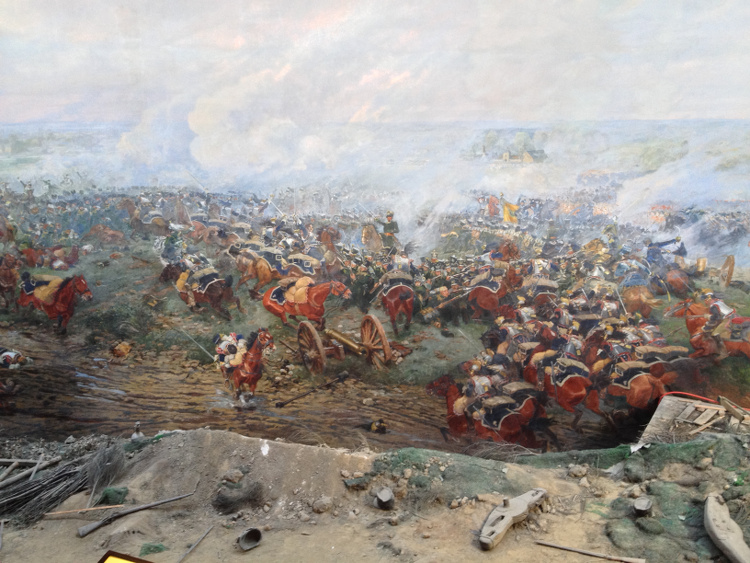
A range of tours of the battlefield and its associated attractions is operated by the Society of Guides 1815 . Book these in advance.
It’s easy to visit the Waterloo battlefield as a day trip from Brussels, but if you’d like to stay overnight there is accommodation in Waterloo town. An affordable option is the Hôtel ibis Brussels Waterloo , a ten-minute walk from the Musée Wellington. For a more Napoleonic level of comfort, try Martin’s Grand Hotel .